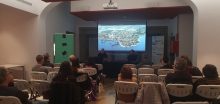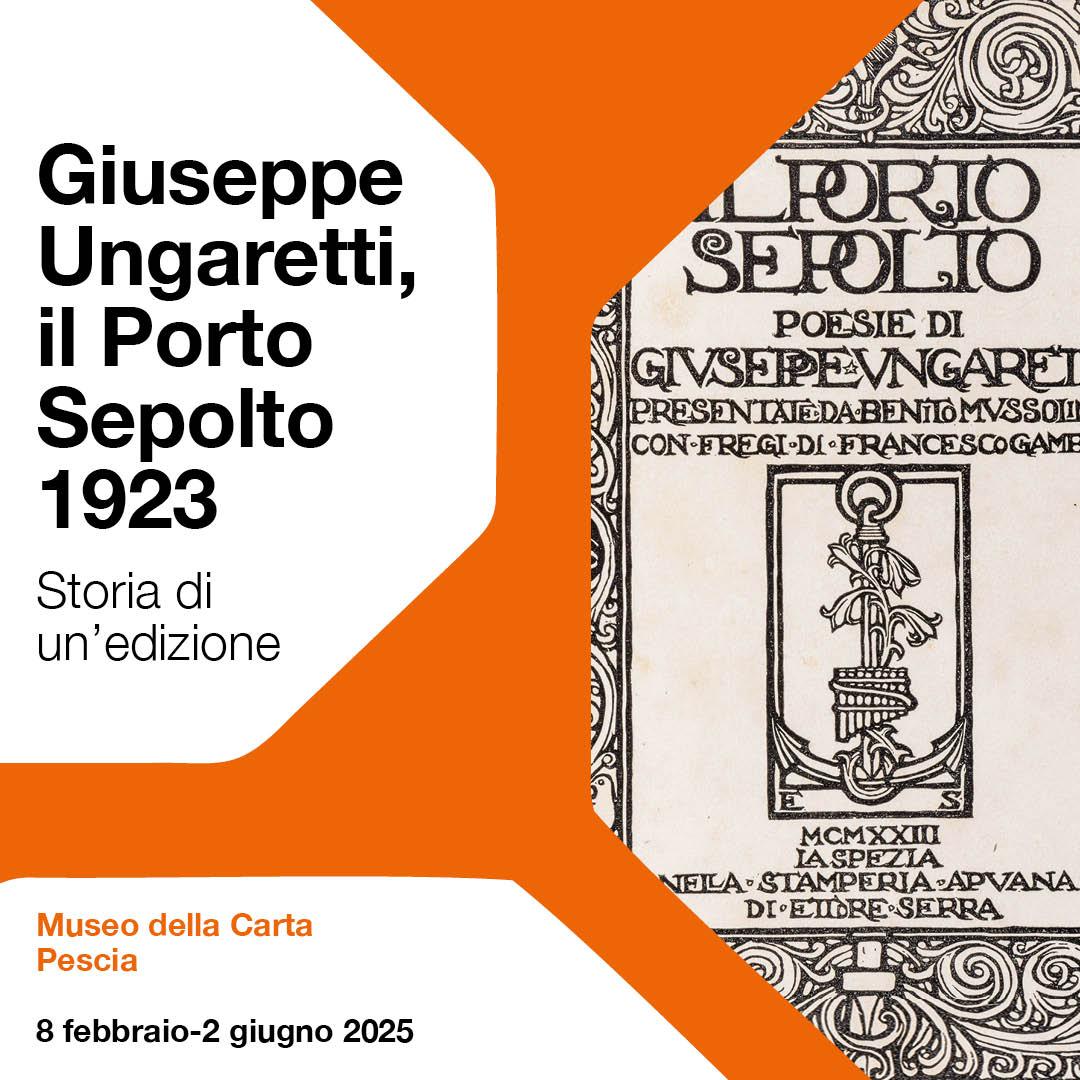
This webinar explores some of the ways that cultural heritage institutions can use controlled vocabularies and Linked Data to improve the discoverability of their content in Europeana.
Three speakers will give short presentations after which there will be time for questions and discussion.
‘Speaking one language: how vocabularies can help organise information’, Kerstin Arnold, Archives Portal Europe Foundation
Kerstin will provide an introduction defining what vocabularies are, how they can be used, and why it is useful to consider their implementation – on a local level as well as in the context of larger scale aggregation services.
‘Linked Data Vocabularies for Heritage Data’, Marcus Smith, Swedish National Heritage Board
Marcus will talk about how controlled vocabularies can be taken a step further to become linked data vocabularies, the advantages of doing so, and some examples in use within the heritage sector.
‘Exploiting vocabularies and linked data: in practice‘, Kate Fernie, CARARE
Kate will talk about how controlled vocabularies and linked data can be used in systems and services, and will demonstrate some examples including the Share3D metadata capture tool and the Europeana Archaeology Vocabulary service.
Programme and registration: https://www.eventbrite.com/e/using-vocabularies-and-linked-data-connectingarchaeology-webinar-tickets-146977933957






 If you have interesting news and events to point out in the field of digital cultural heritage, we are waiting for your contribution.
If you have interesting news and events to point out in the field of digital cultural heritage, we are waiting for your contribution.
























